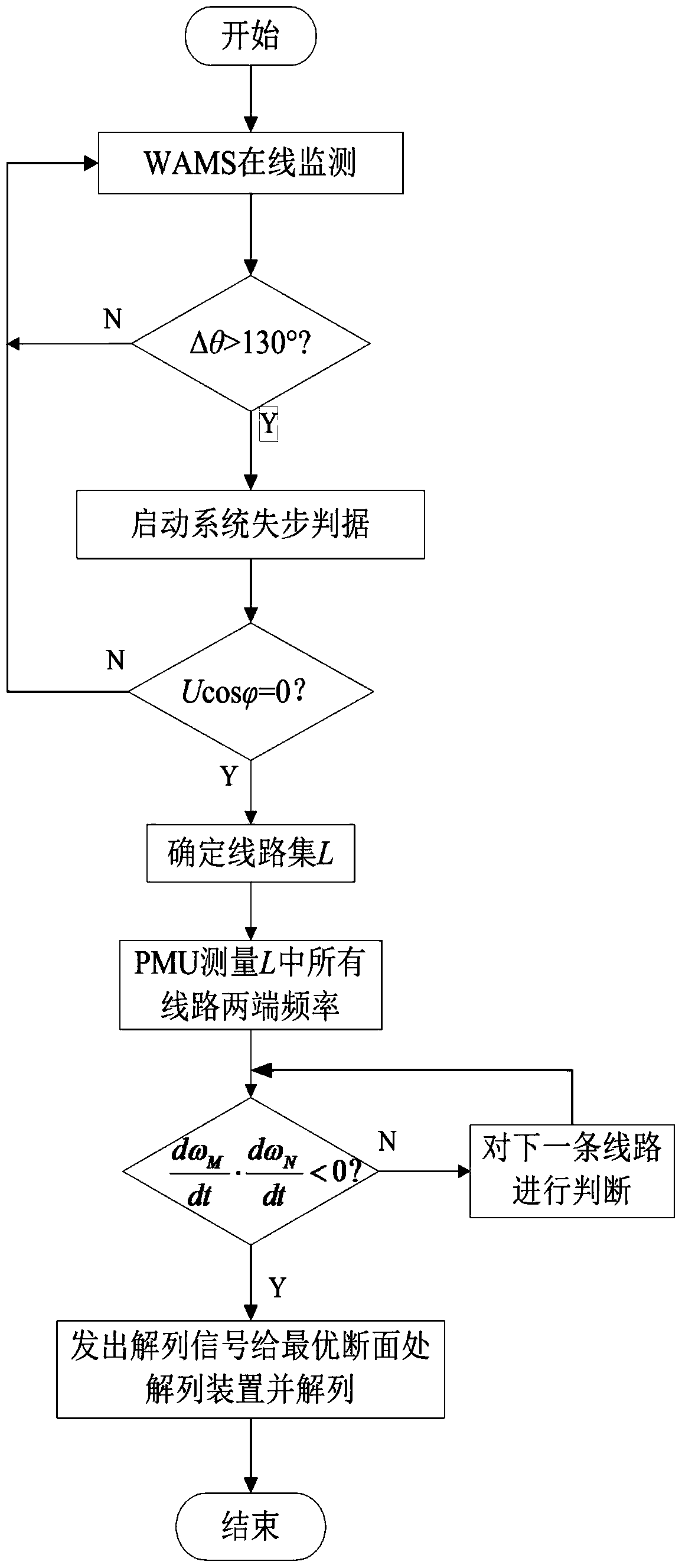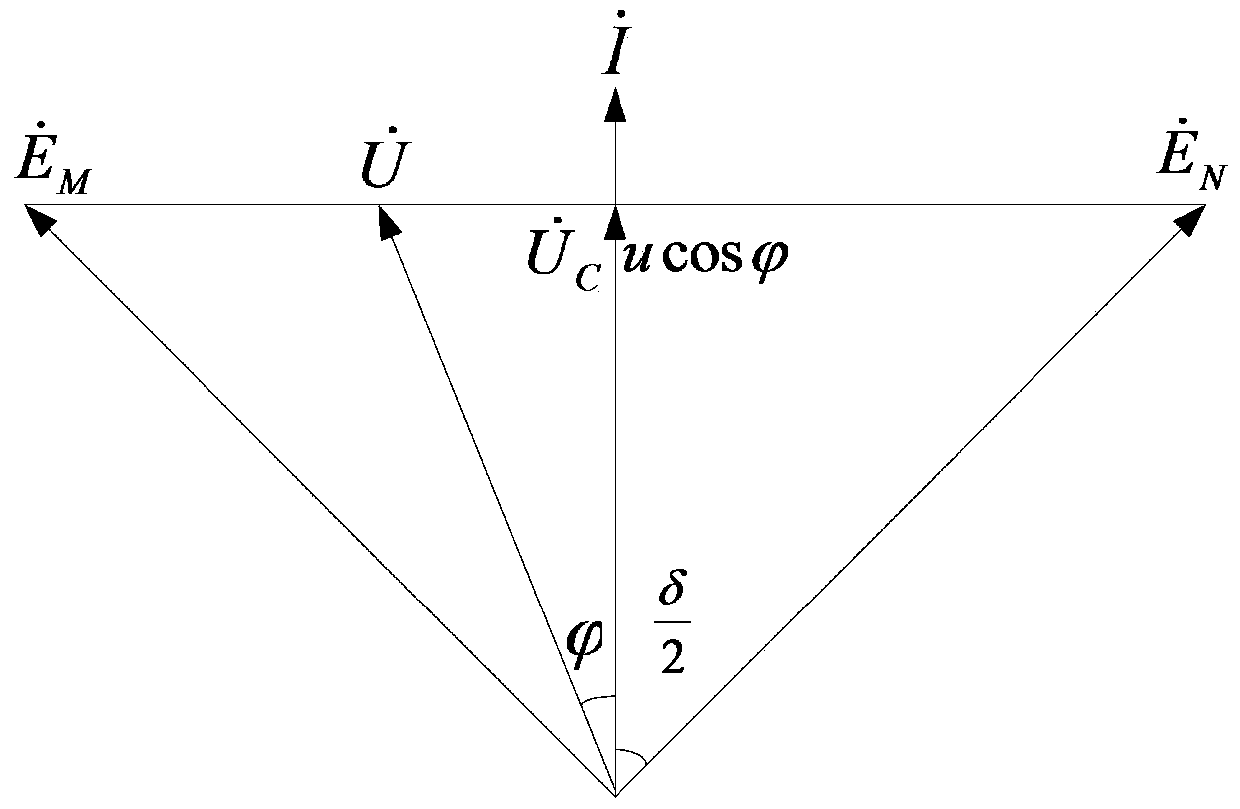A Criterion Method for Multi-Frequency Oscillation Composite Out-of-Sequence Decoupling of AC System Based on Wide-area Measurement Information
An AC system, multi-frequency oscillation technology, applied in information technology support systems, AC network circuits, system integration technology, etc., can solve the problems of inability to determine the specific location, lack of practicability, ignoring the coordination of decoupling devices
- Summary
- Abstract
- Description
- Claims
- Application Information
AI Technical Summary
Problems solved by technology
Method used
Image
Examples
Embodiment Construction
[0030] The preferred embodiments are described in detail below in conjunction with the drawings.
[0031] Reference figure 1 , A composite out-of-synchronization criterion method for multi-frequency oscillation of AC system based on wide-area measurement information, the specific steps are as follows:
[0032] Step 1: Wide Area Measurement System (WAMS) online monitoring system operation status, electrical quantities: voltage, power angle, phase angle, frequency can all be collected through PMU;
[0033] Step 2: The phase angle difference of busbar voltage on both sides Δθ> 130° is used as the starting criterion of the splitting device. When the system undergoes out-of-step oscillation, the rotor angular speed of the two generator groups is different, which causes the power angle difference to vary periodically from 0 to 360°. The power angle difference between the two groups can be approximately equal. Is the busbar voltage phase angle difference Δθ on both sides of the line, calcul...
PUM
 Login to View More
Login to View More Abstract
Description
Claims
Application Information
 Login to View More
Login to View More - R&D
- Intellectual Property
- Life Sciences
- Materials
- Tech Scout
- Unparalleled Data Quality
- Higher Quality Content
- 60% Fewer Hallucinations
Browse by: Latest US Patents, China's latest patents, Technical Efficacy Thesaurus, Application Domain, Technology Topic, Popular Technical Reports.
© 2025 PatSnap. All rights reserved.Legal|Privacy policy|Modern Slavery Act Transparency Statement|Sitemap|About US| Contact US: help@patsnap.com



